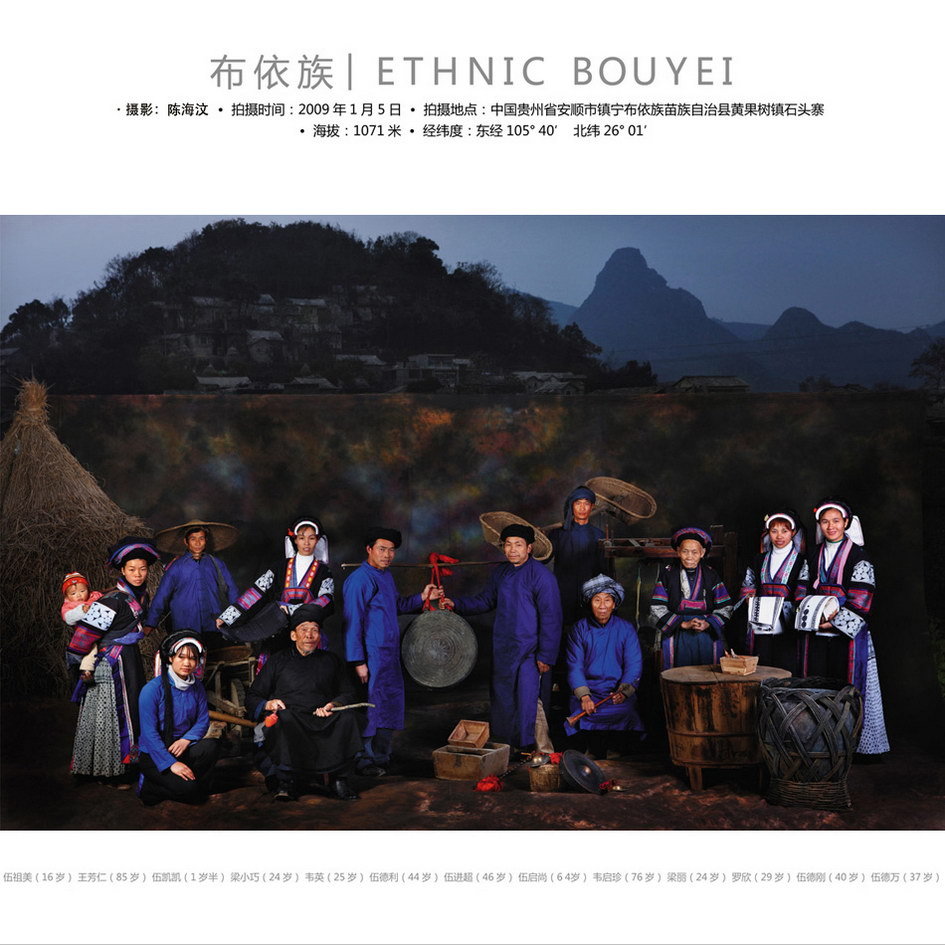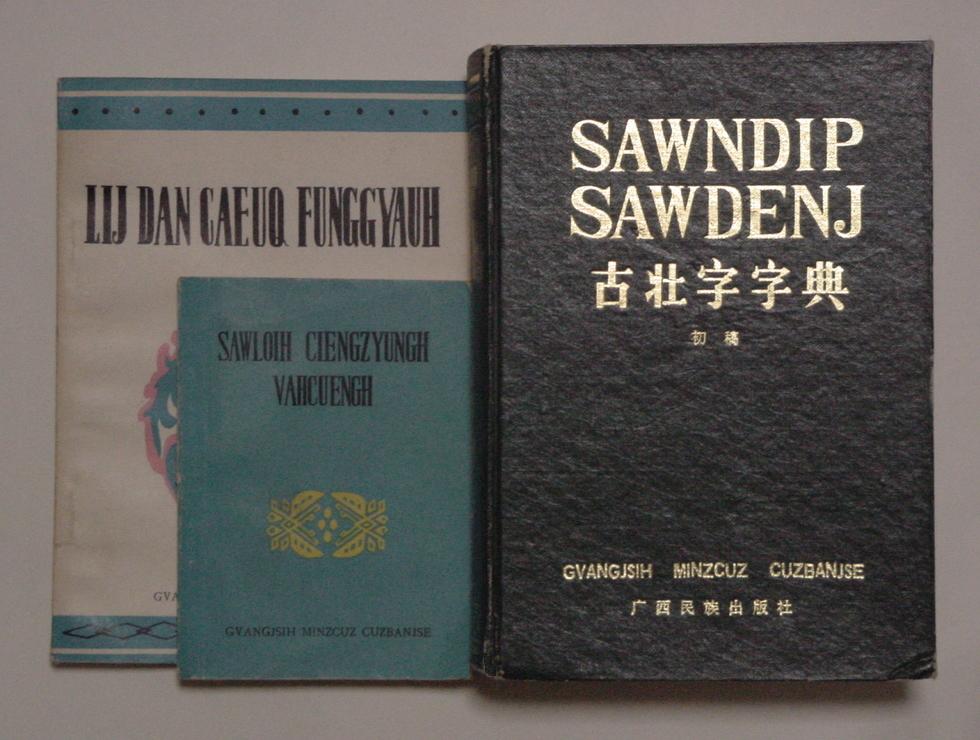Zang People 藏族
Sera Monastery 色拉寺 was built 1419 and is located 2km north of Lhasa.
Jokhang 大昭寺, built in 642, is located on Barkhor Square in Lhasa and it's the most sacred and most important temple for most Tibetans. This Gelug school's temple architectural style is a mixture of Indian vihara design, Chinese Tang Dynasty design, and Nepalese design.
Mindrolling Monastery is one of the six major monasteries of the Nyingma school in Tibet. It was founded by Rigzin Terdak Lingpa in 1676. It's approximately 43 kilometers east of the Lhasa airport, on the south side of the Tsangpo river.
Nechung Monastery 乃琼寺 built in 17thcentury and is located in Doilungdêqên County, Lhasa. It's the seat of State Oracle.
Sakya Monastery 萨迦寺, originally built 1073, is about 127 km west of Shigatse. The seat of the Sakya or Sakyapa school of Tibetan Buddhism, its Mongolian architecture is quite different from that of temples in Lhasa and Yarlung.
Samye Monastery 桑耶寺 is the first Buddhist monastery built in Tibet, was most probably first constructed between 775 and 779. The monastery is located in Dranang, Shannan Prefecture. It was supposedly modeled on the design of Odantapuri monastery in what is now Bihar, India.
Tashilhunpo Monastery 扎什伦布寺 founded in 1447 by Gendun Drup, the First Dalai Lama,[1] is a historic and culturally important monastery next to Shigatse, the second-largest city in Tibet. The monastery is the traditional seat of successive Panchen Lamas, the second highest ranking tulku lineage in the Gelukpa tradition.
Tsurphu Monastery 楚布寺 served as the traditional seat of the Karmapa. It is located in Gurum town 70 km from Lhasa. The thick-walled monastery was built by the first Karmapa in 1159.





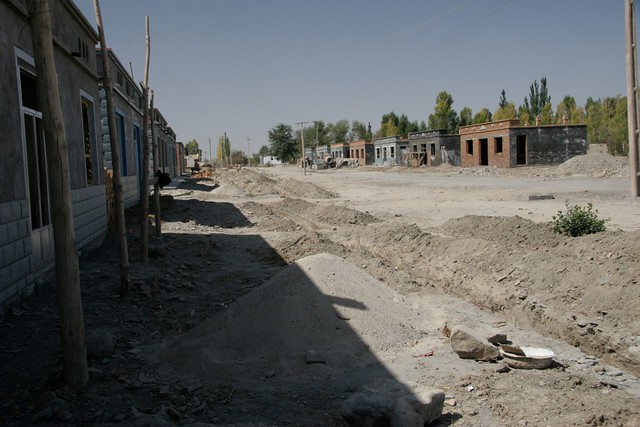
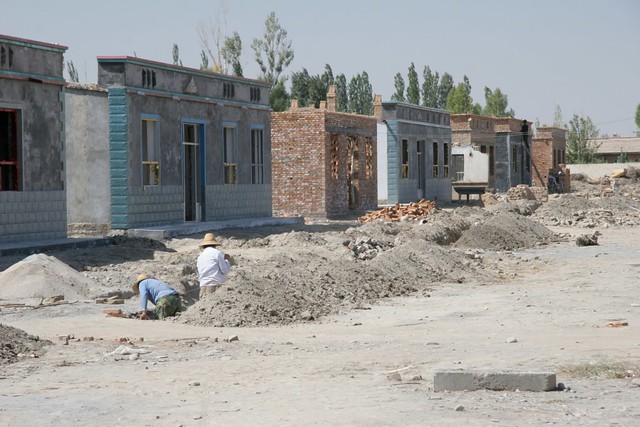


















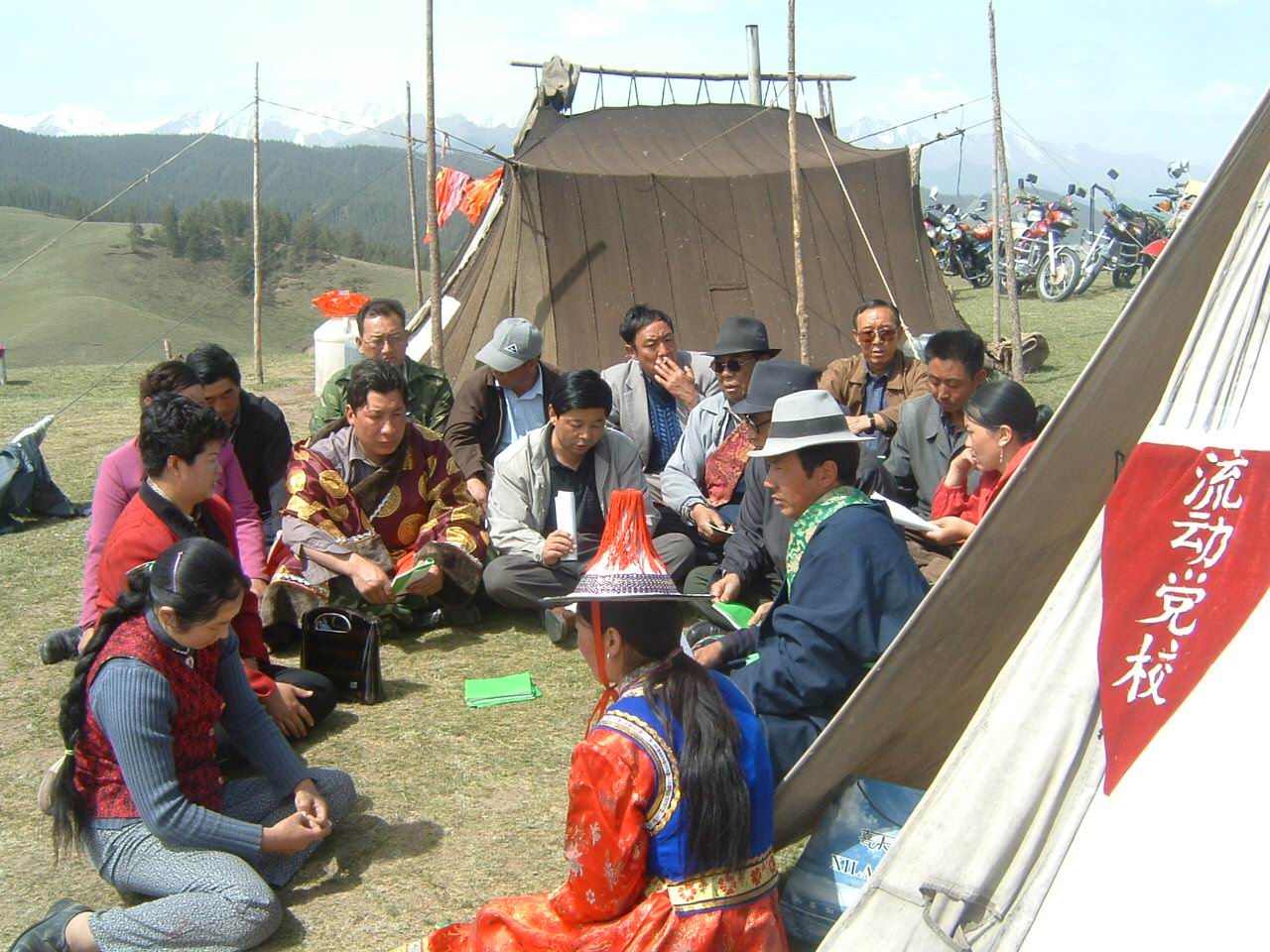

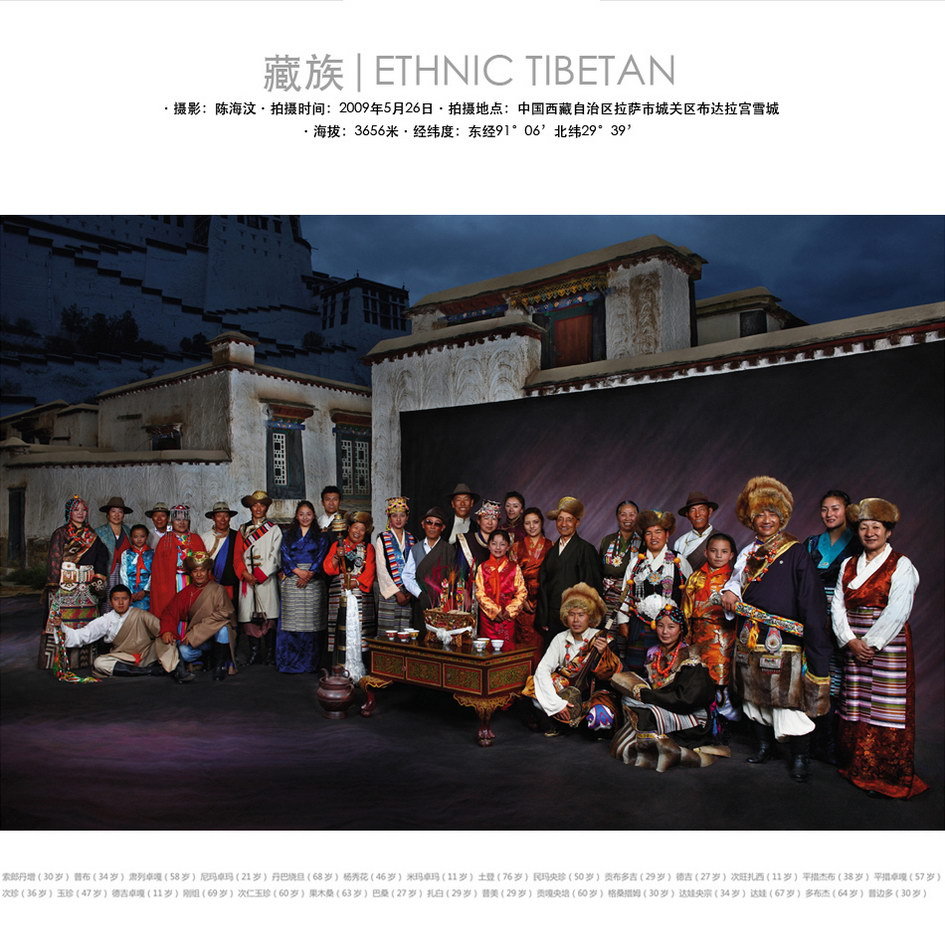
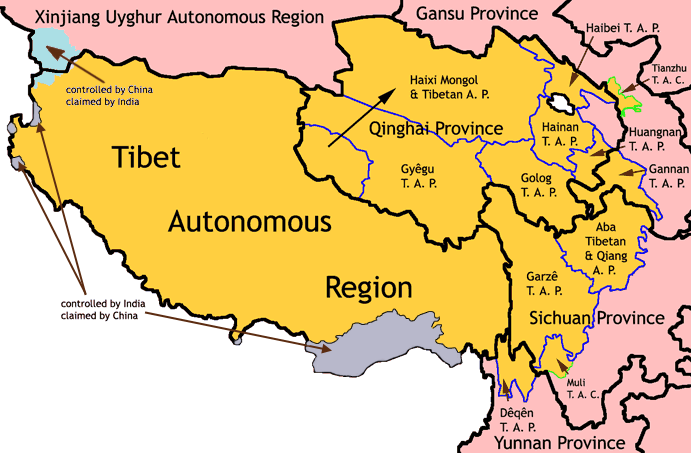

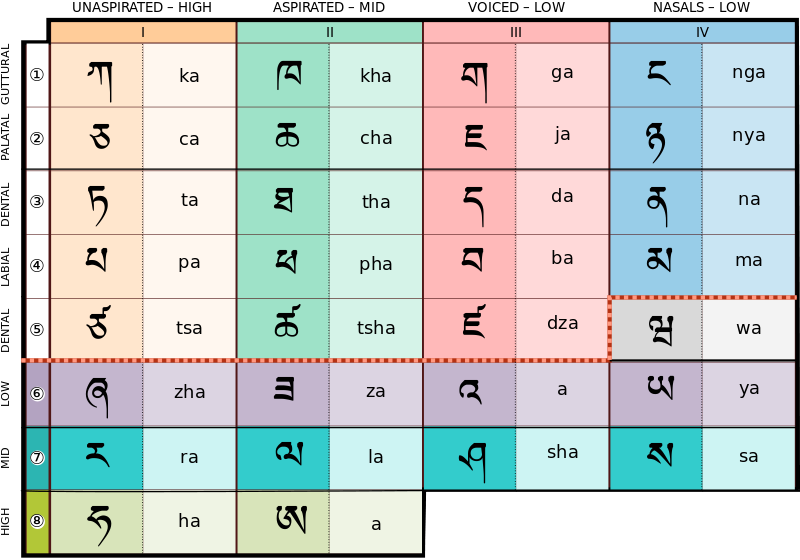


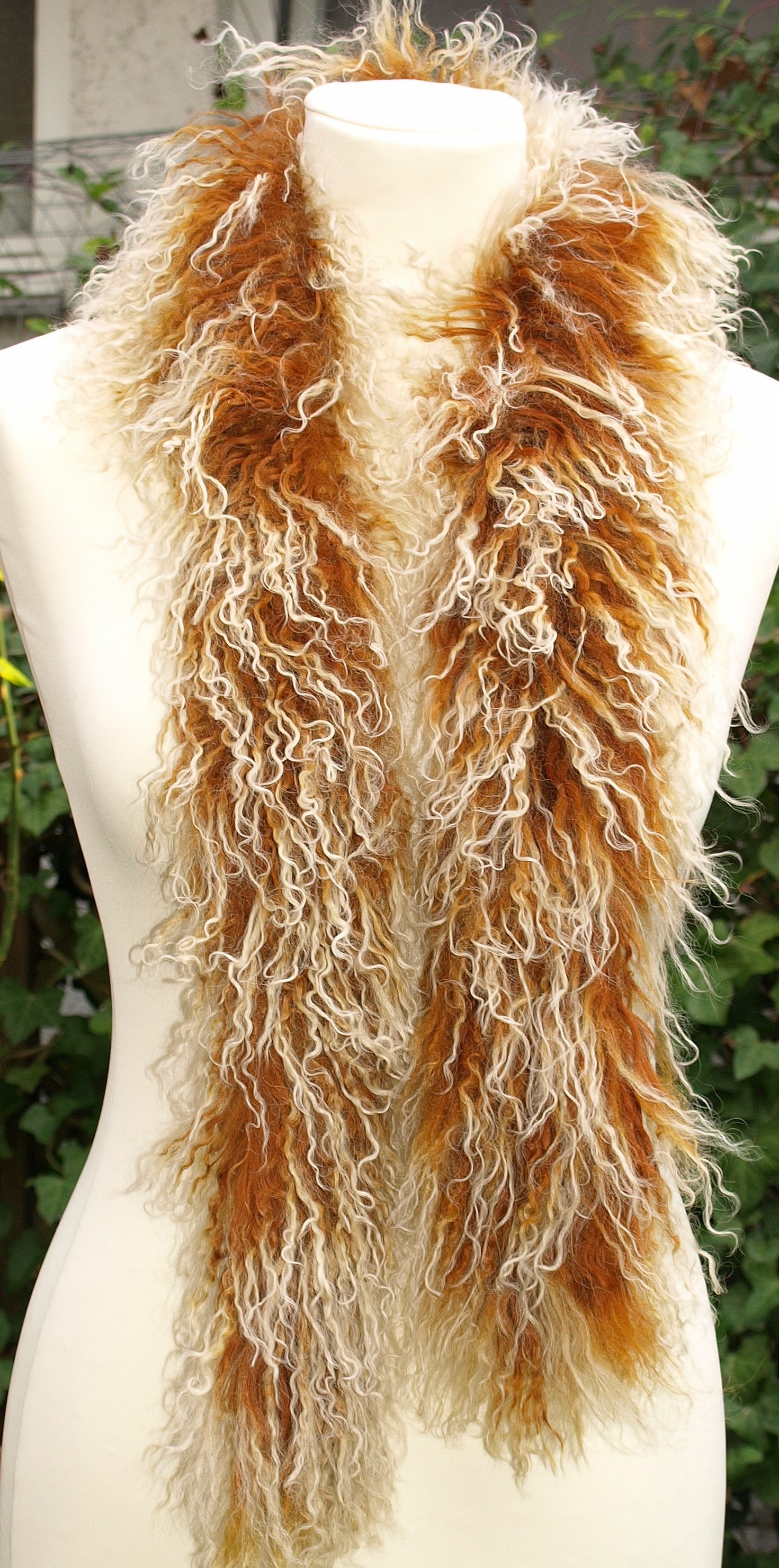
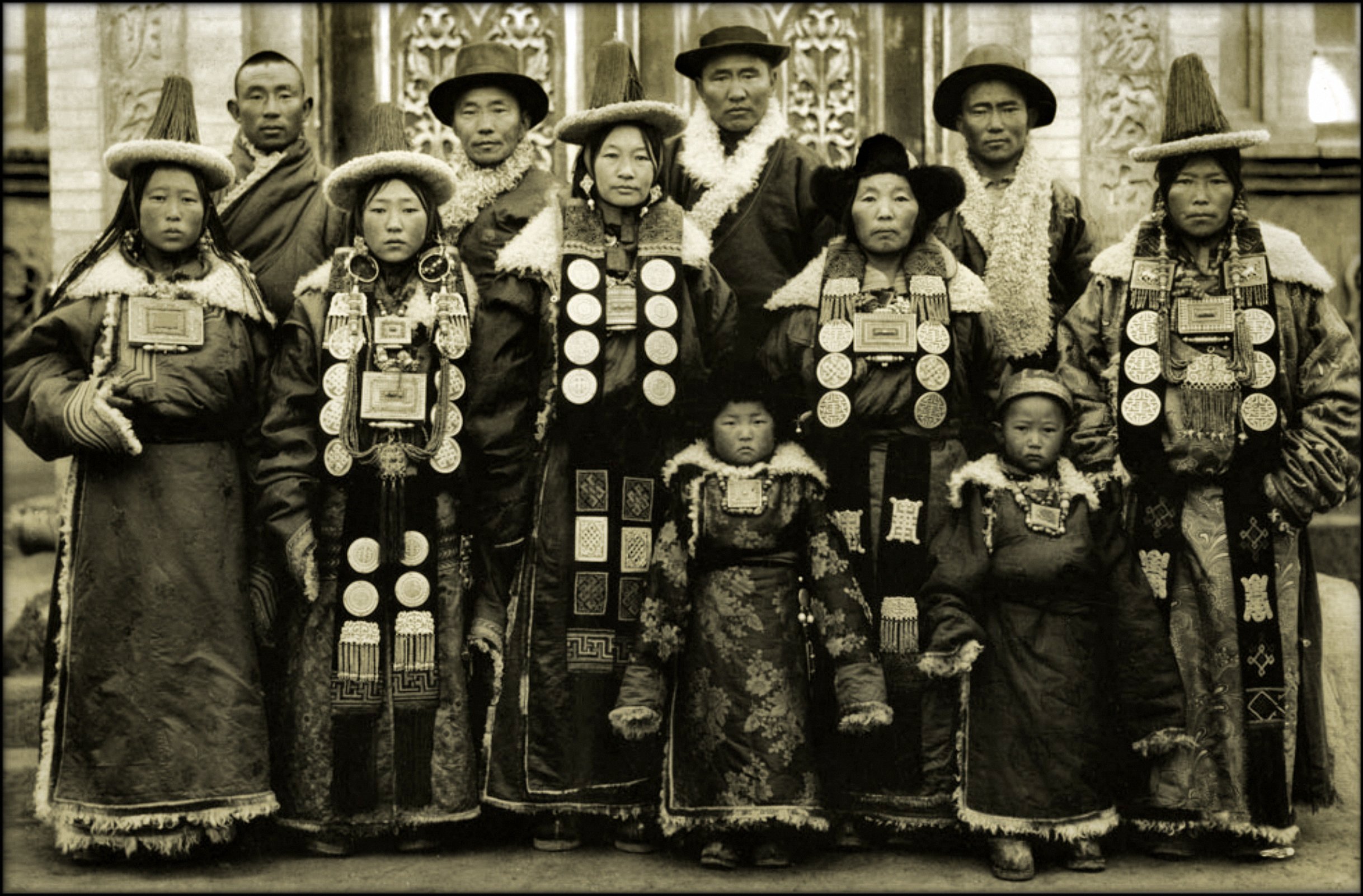
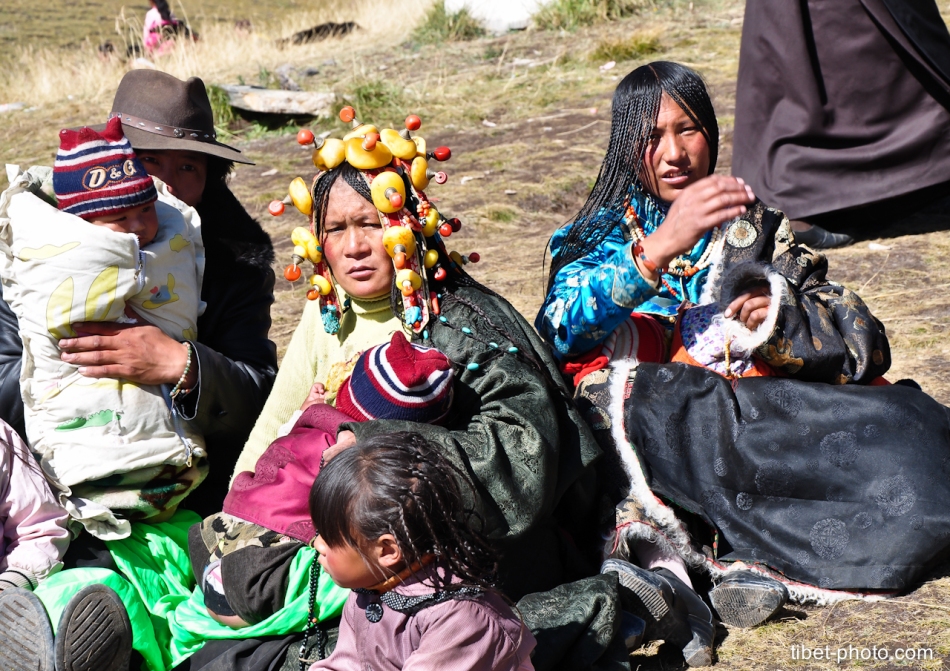


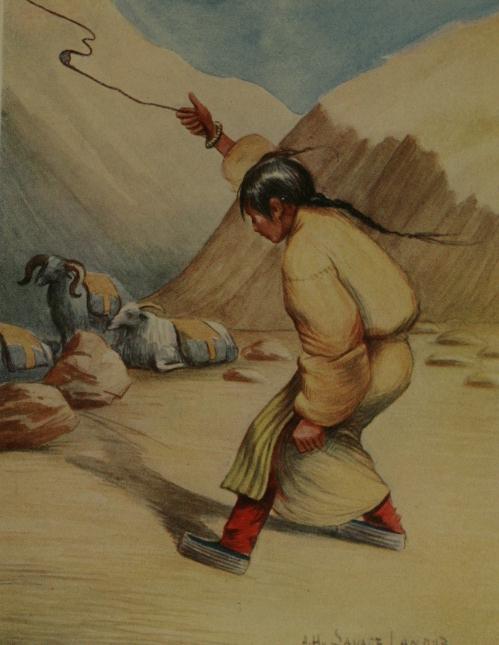
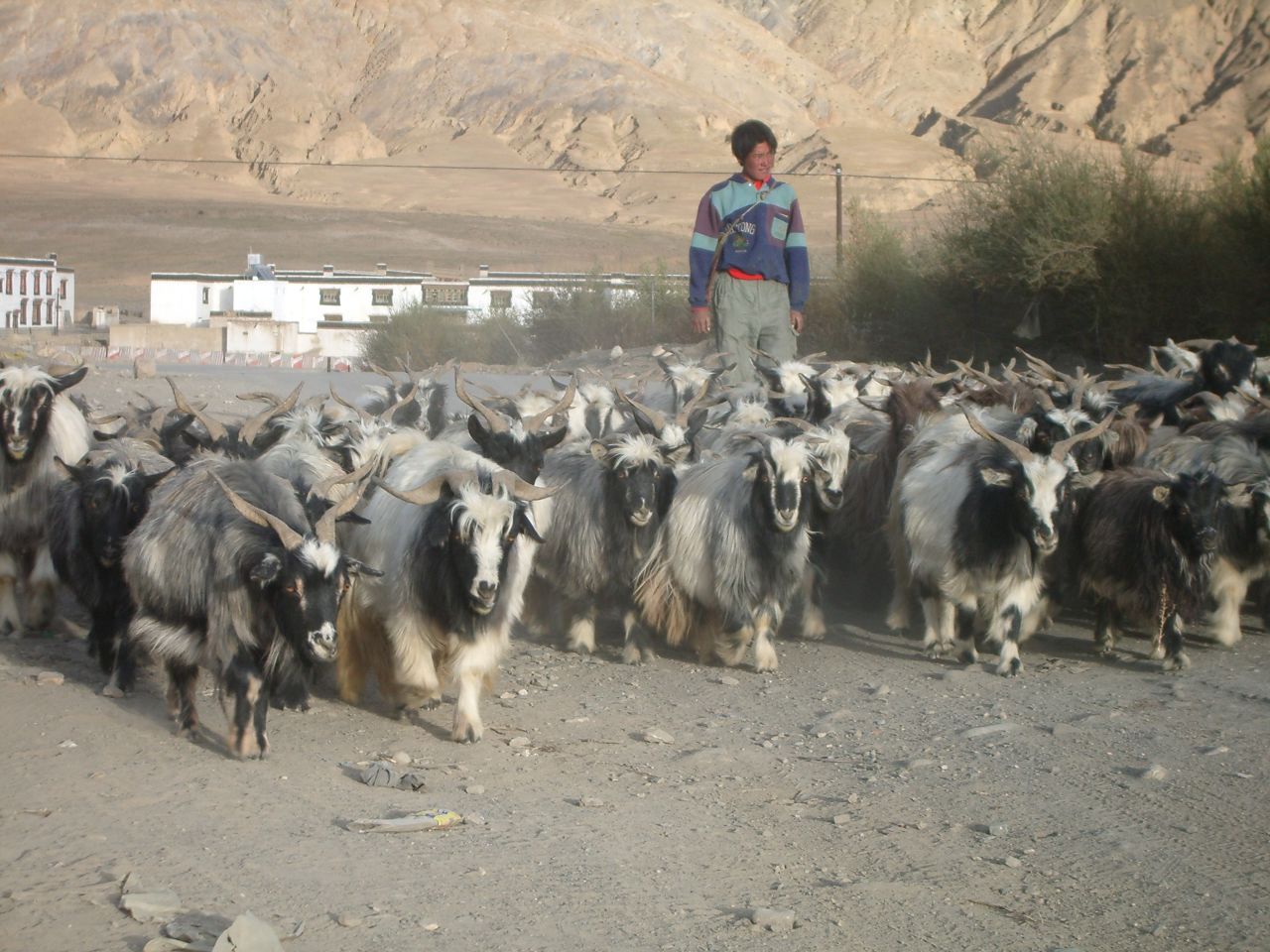

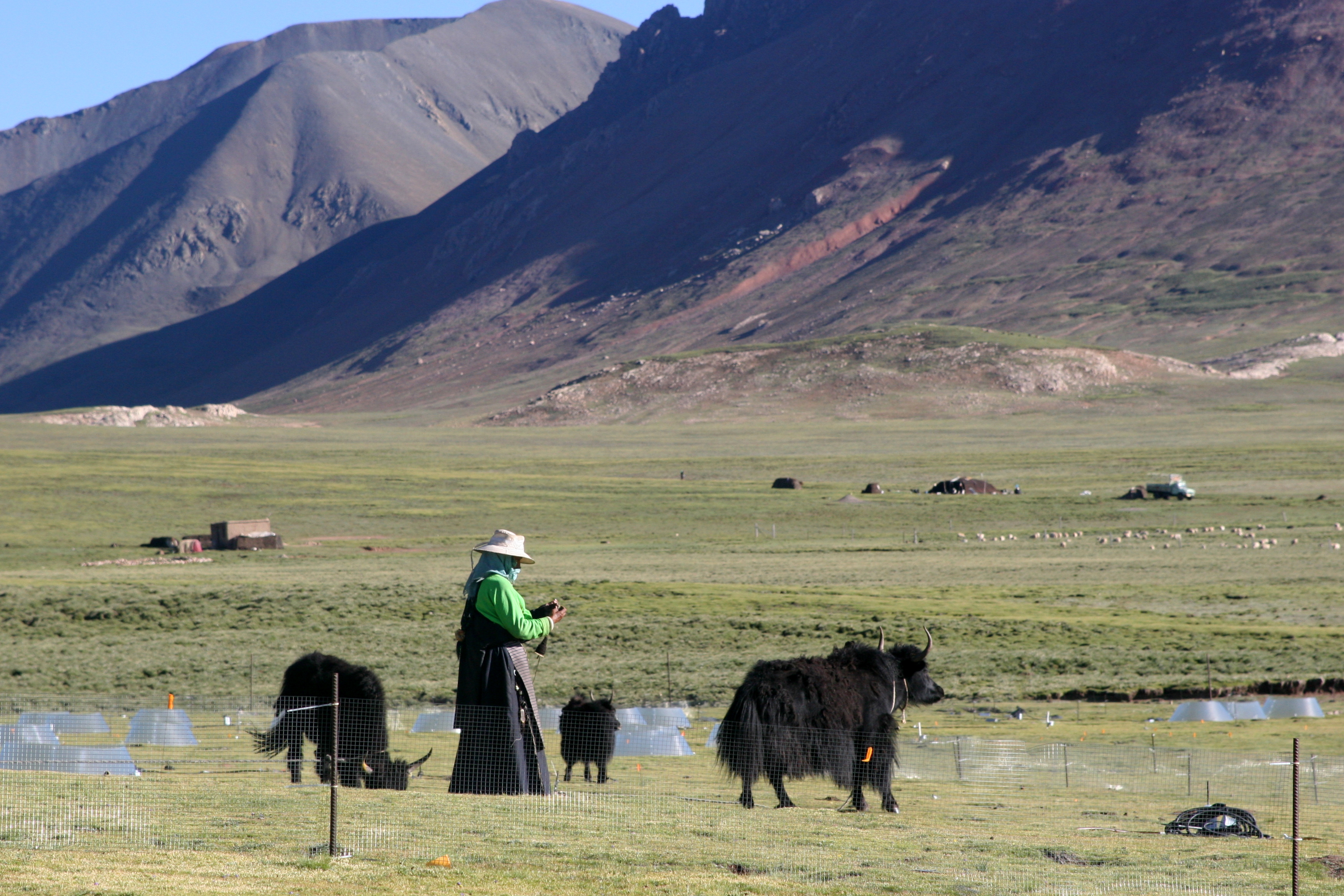


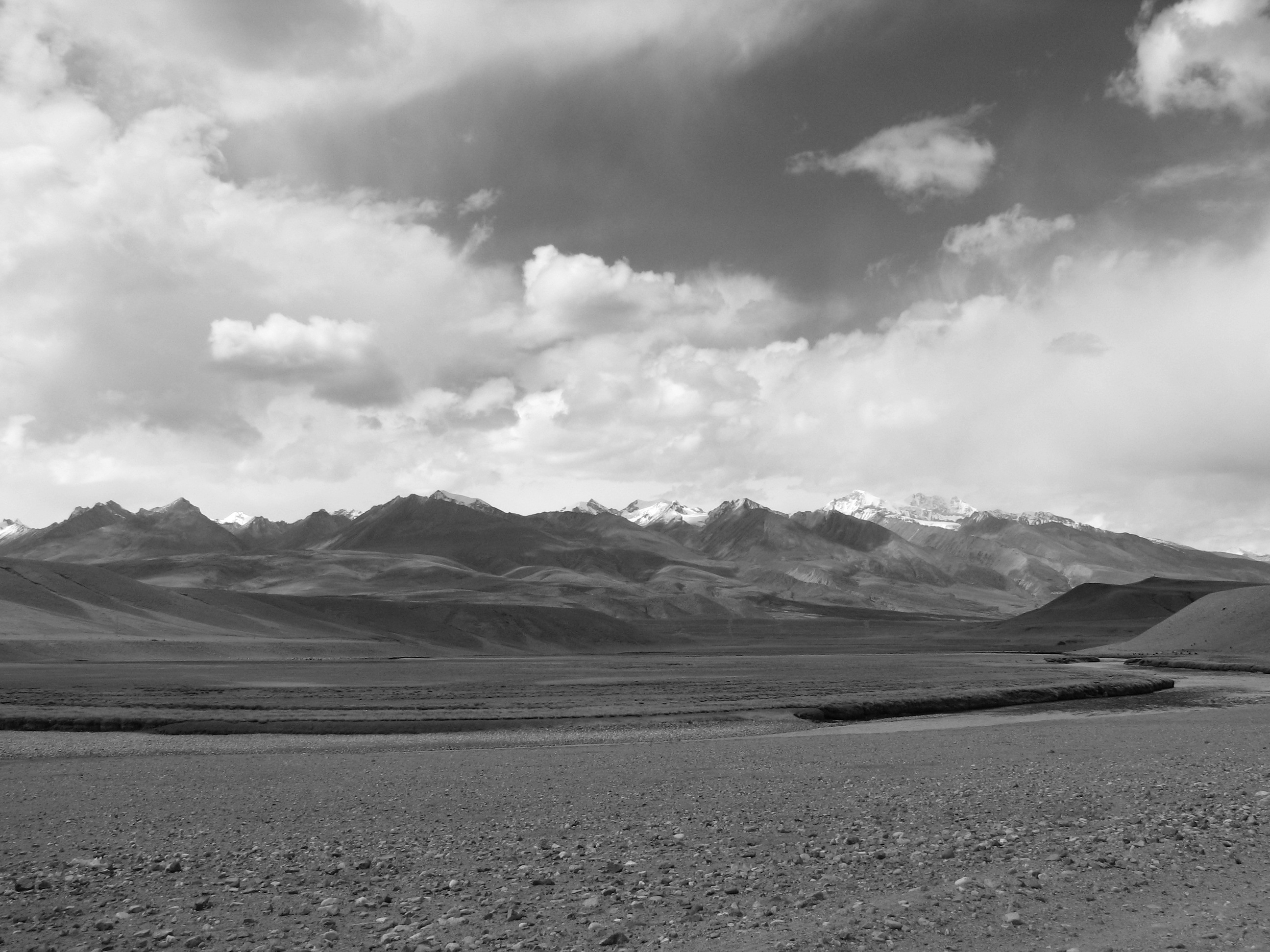




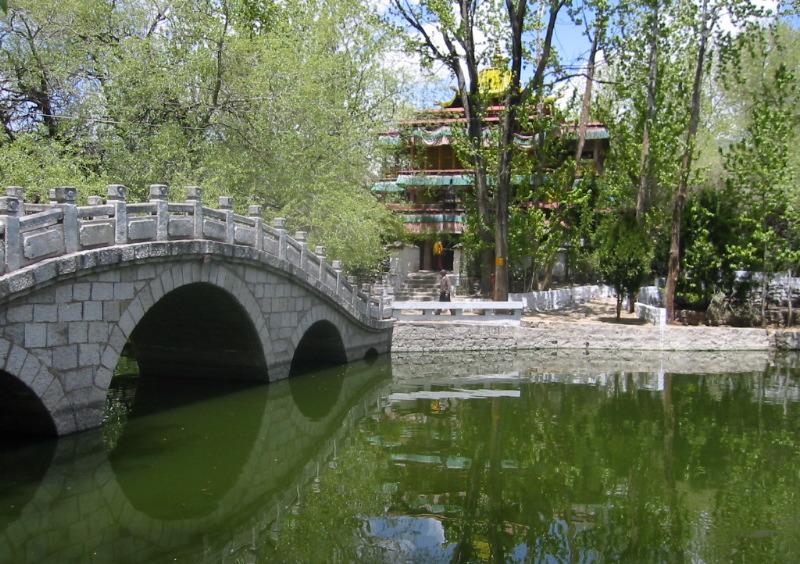
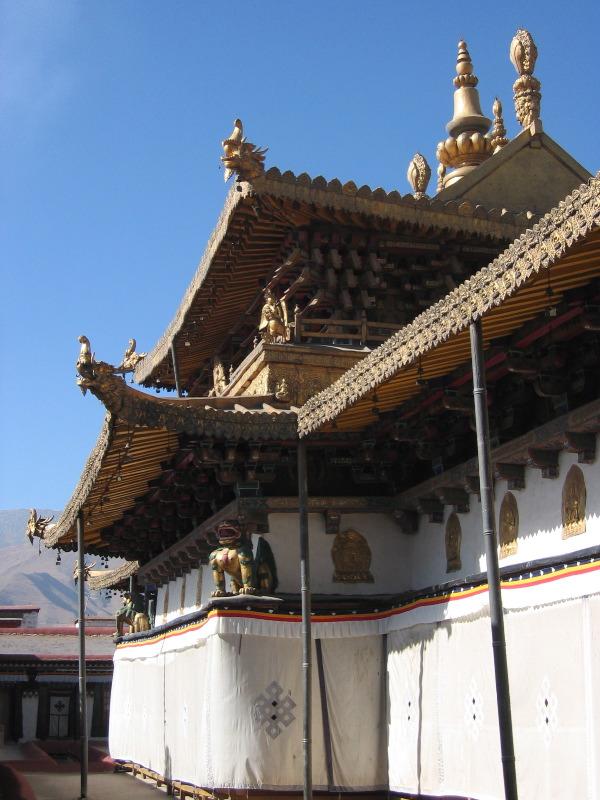


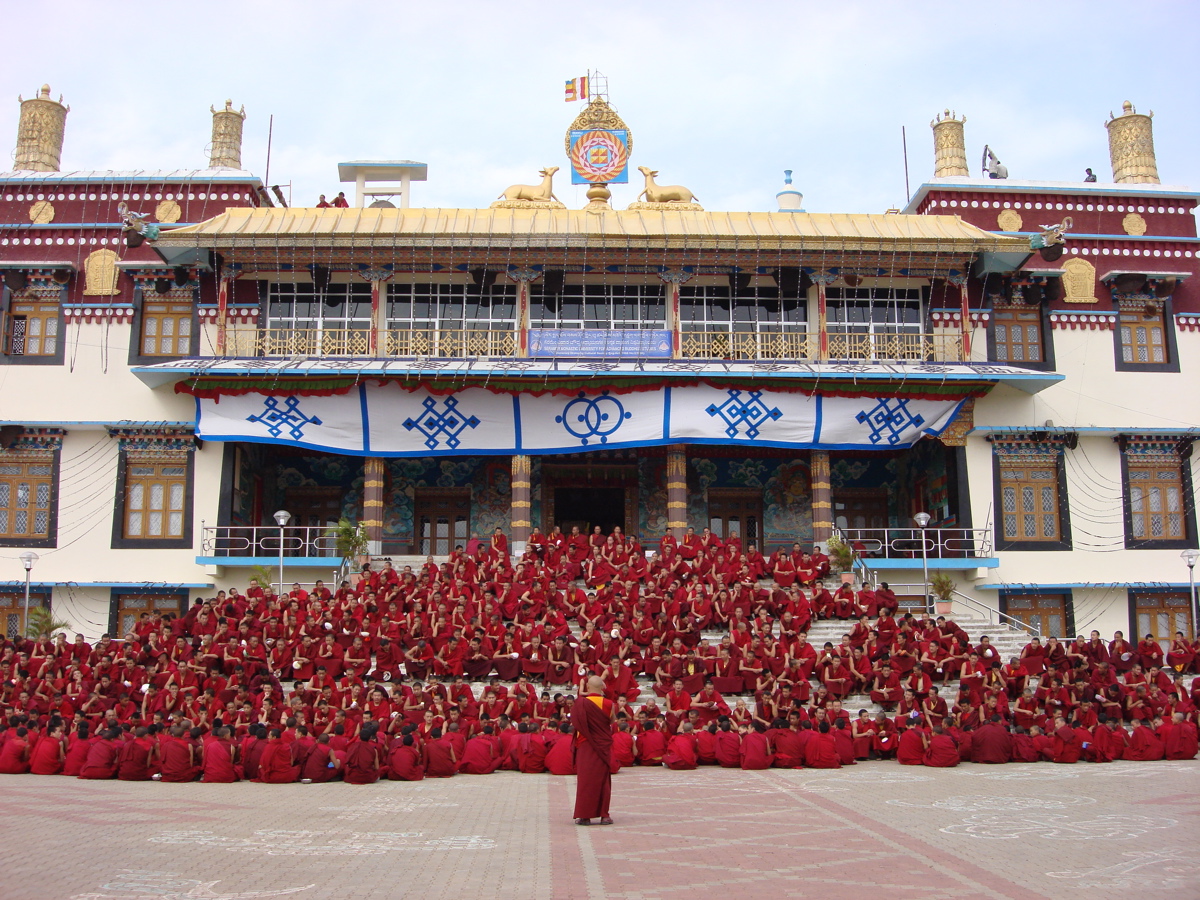


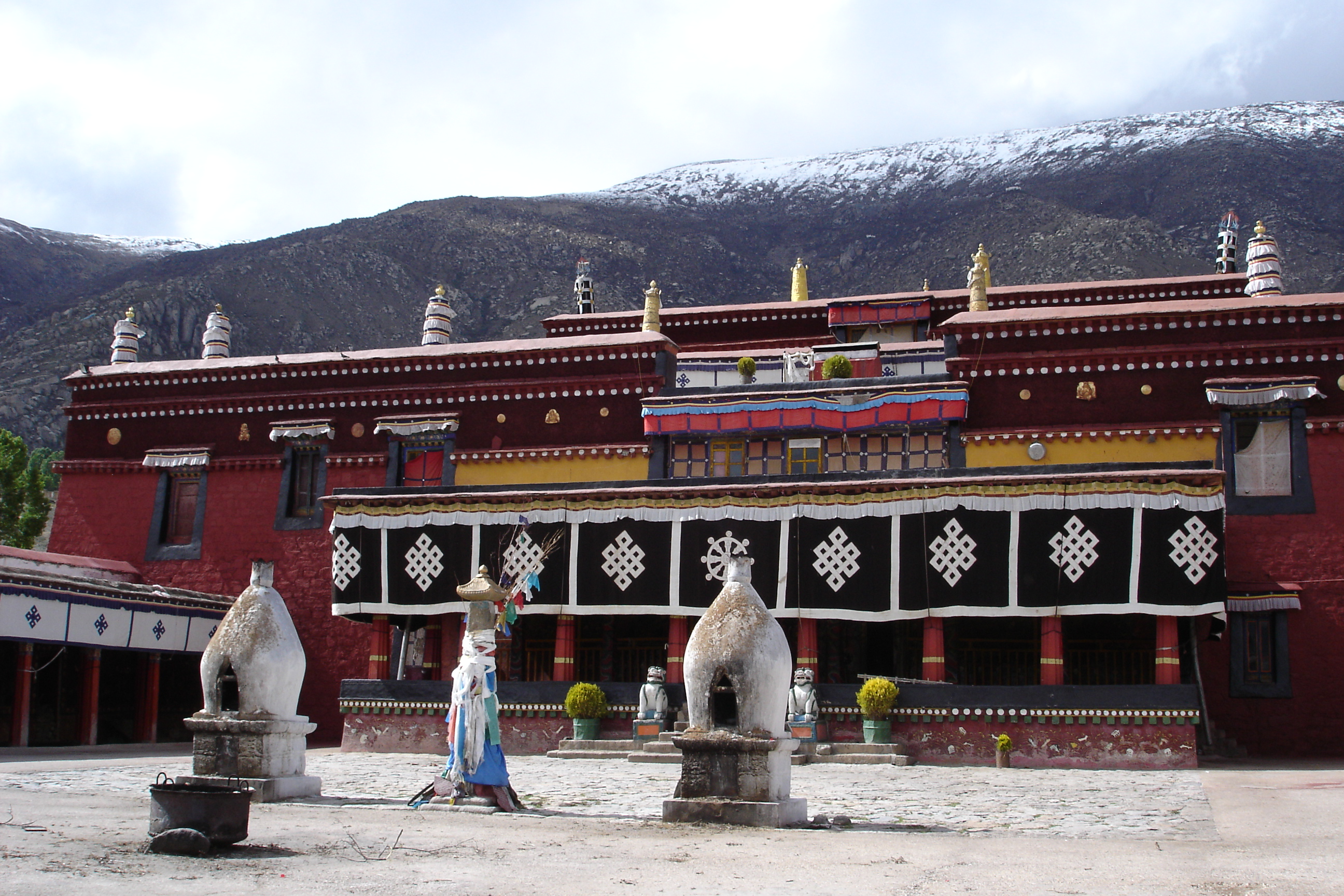
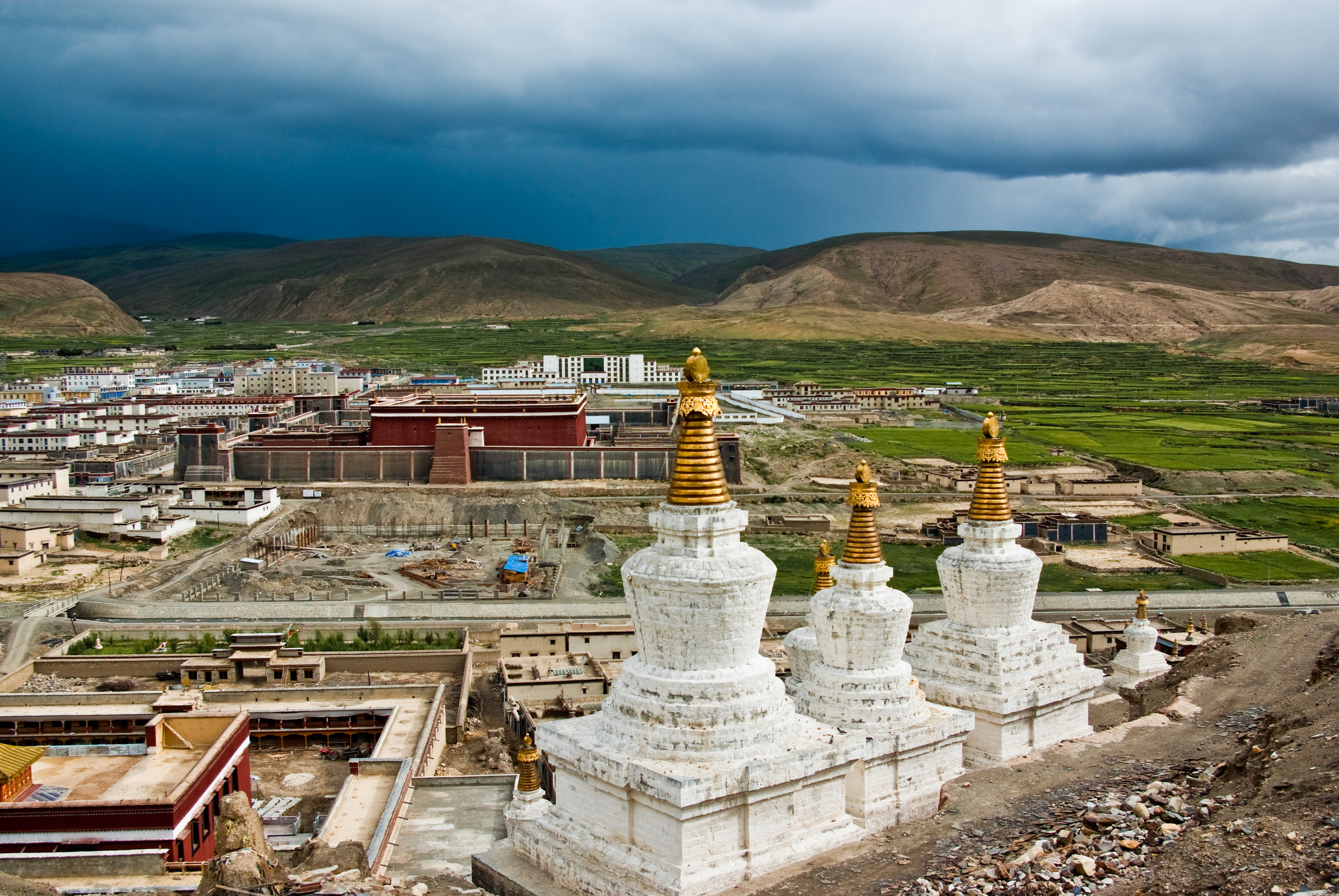
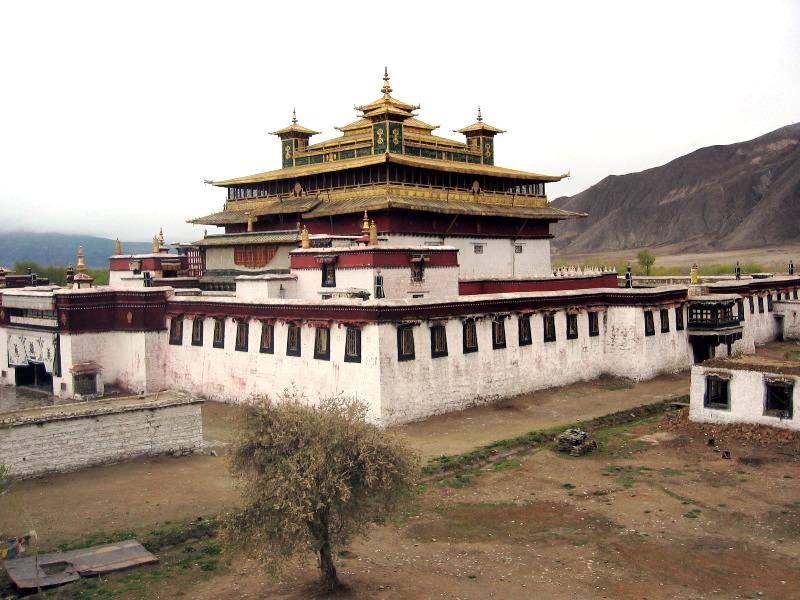
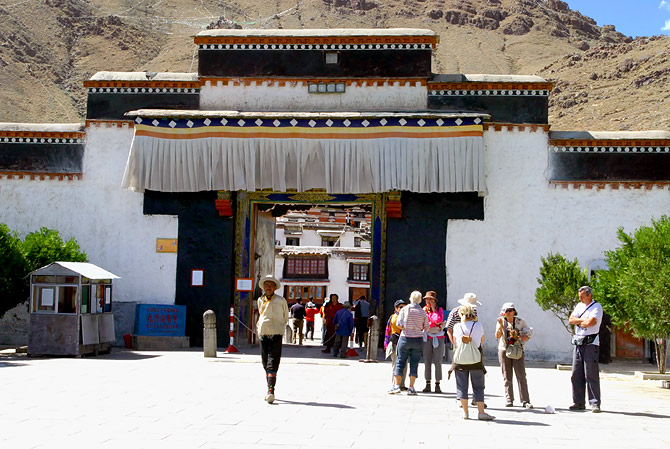
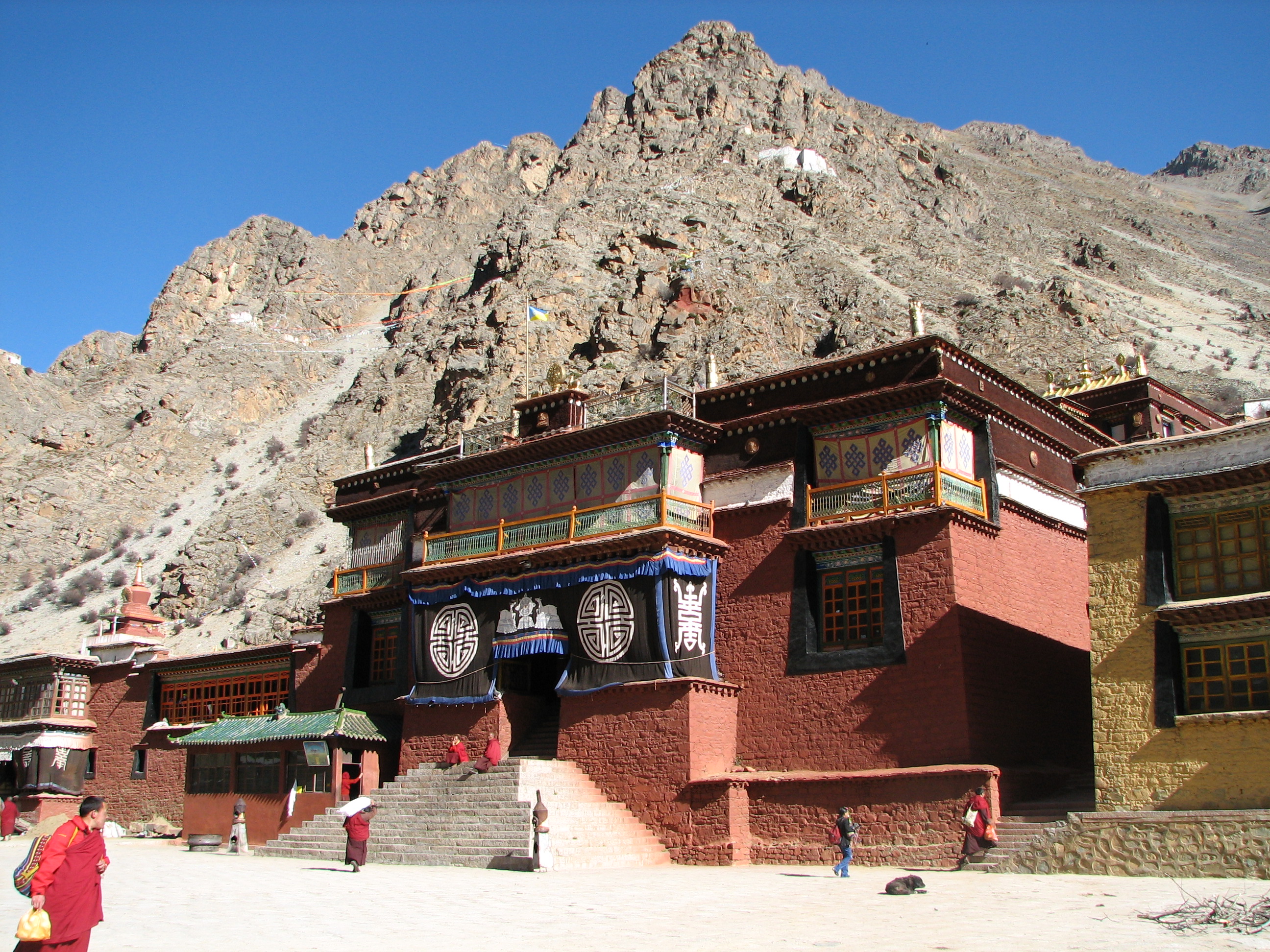





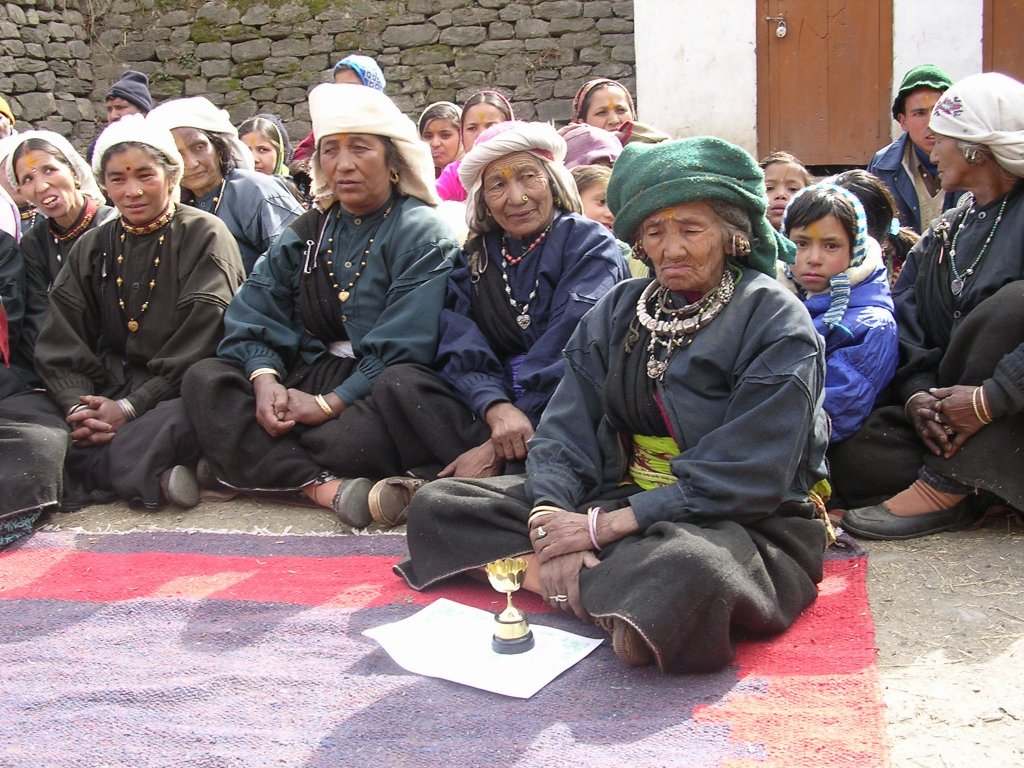





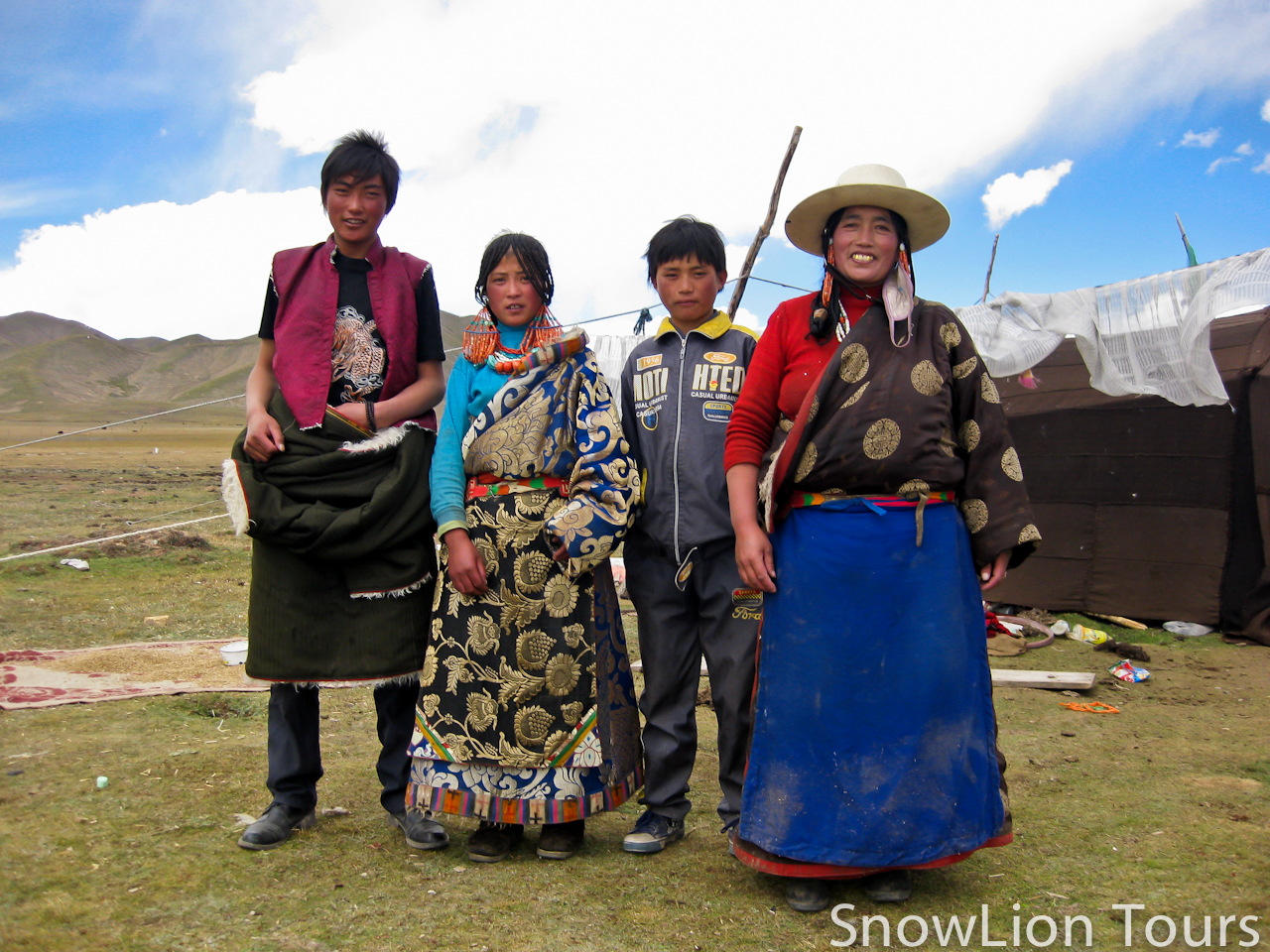


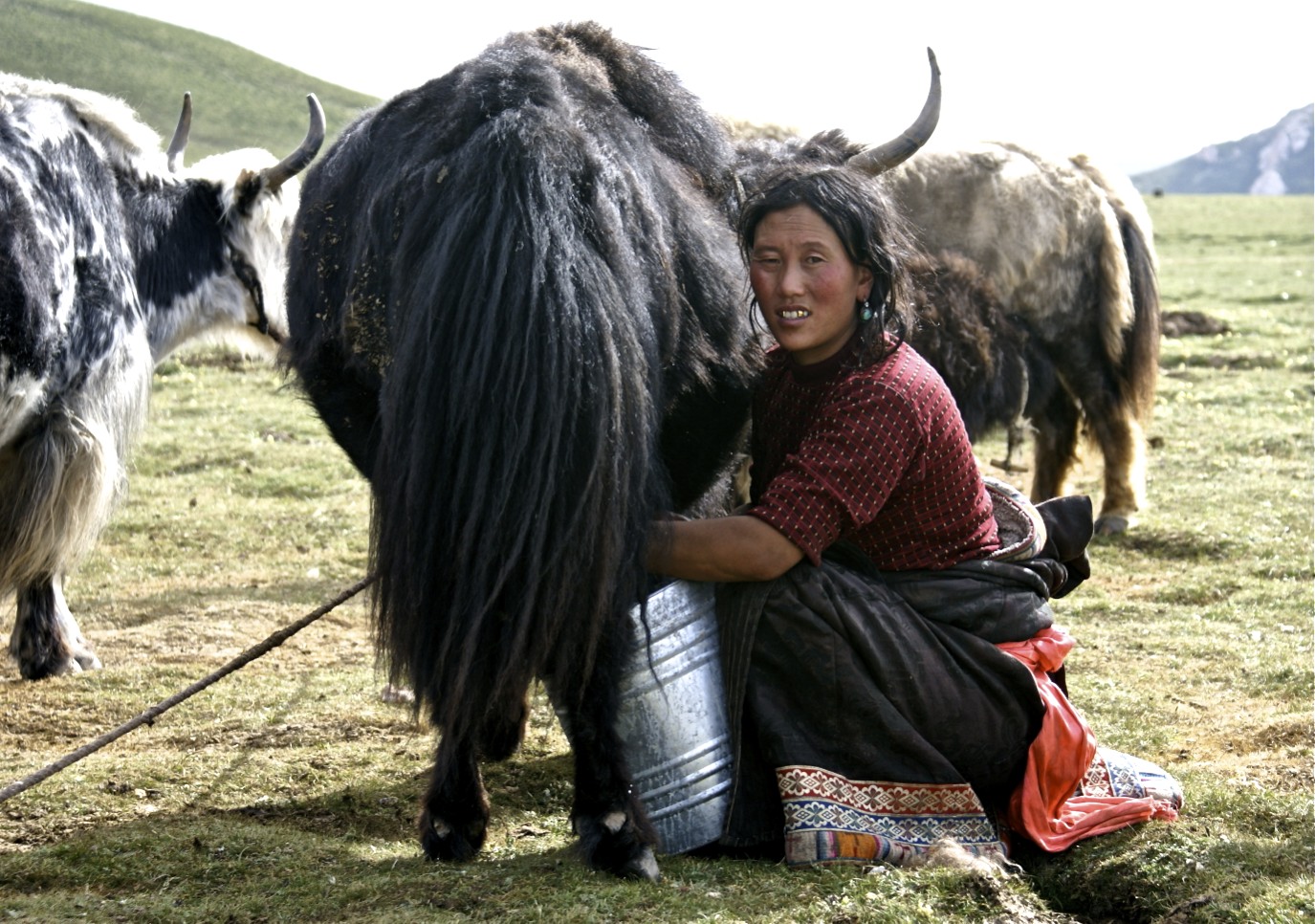
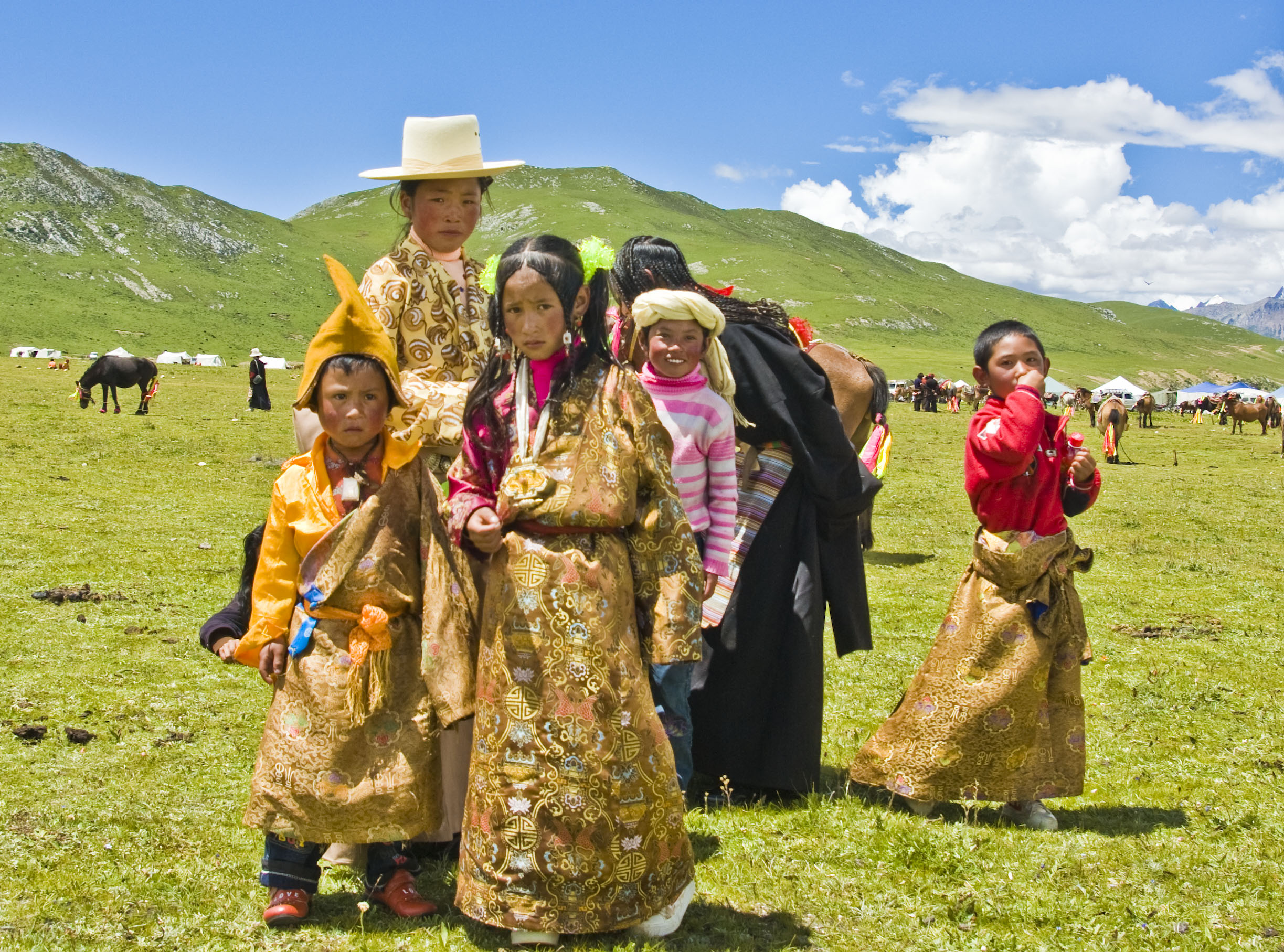
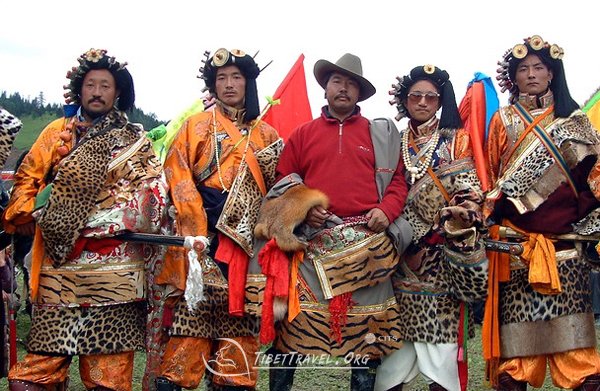
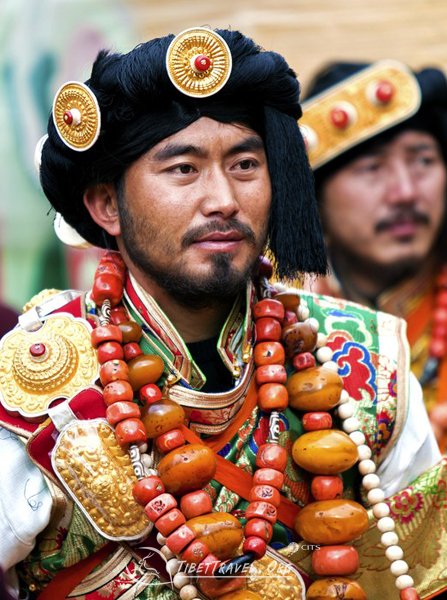




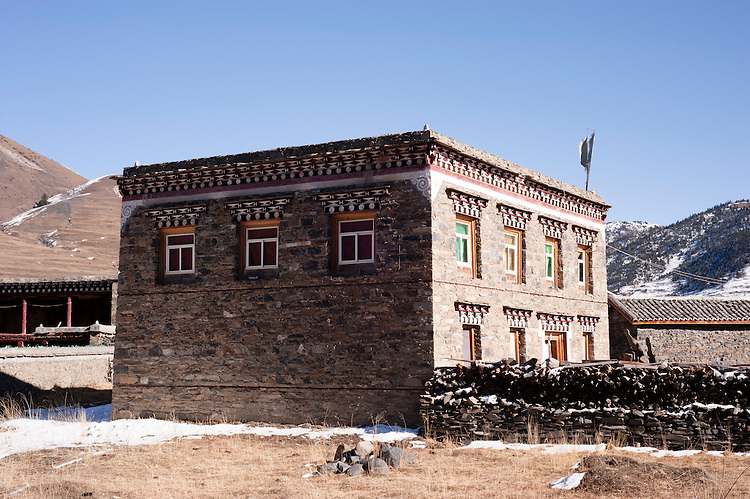



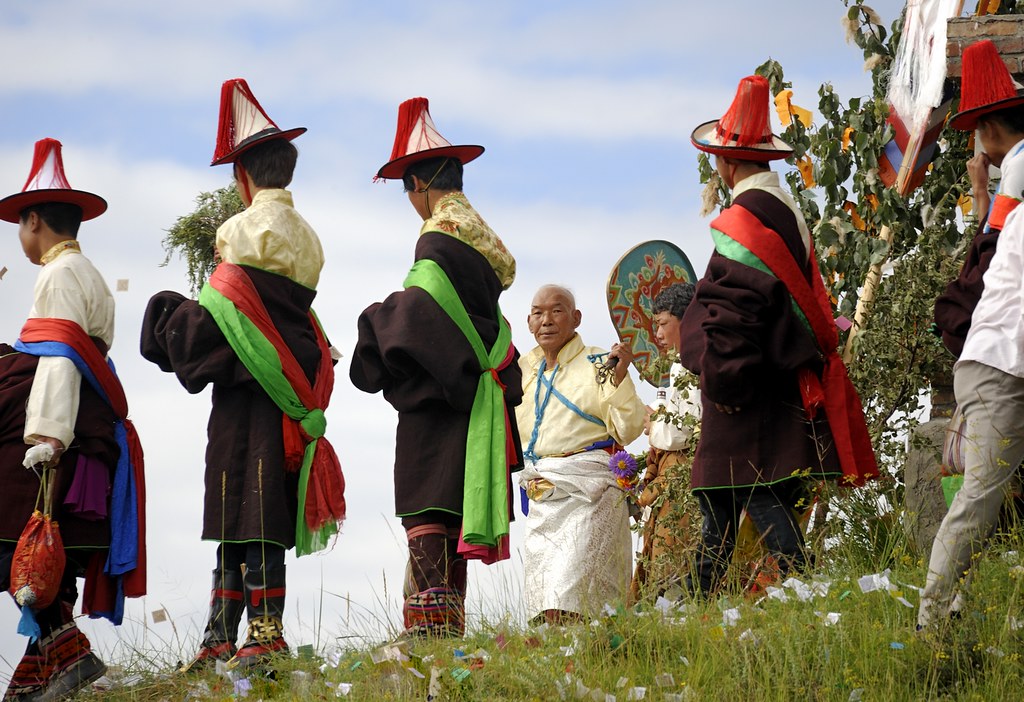


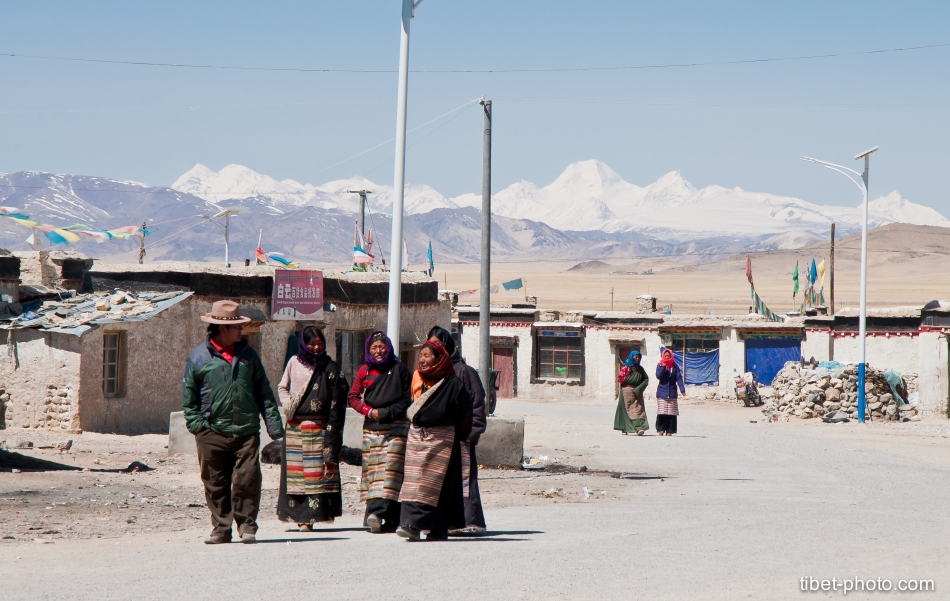
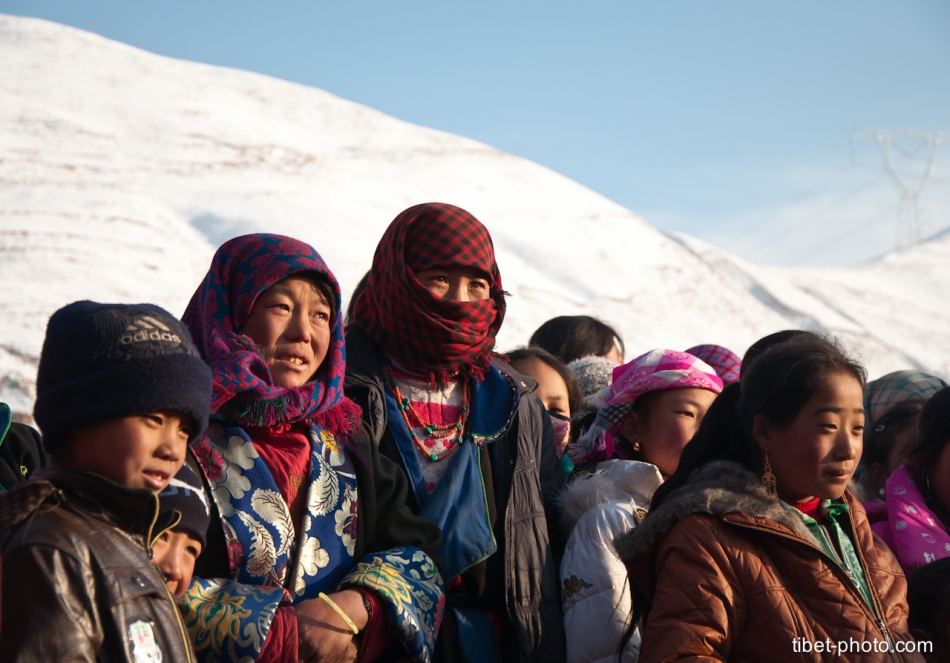
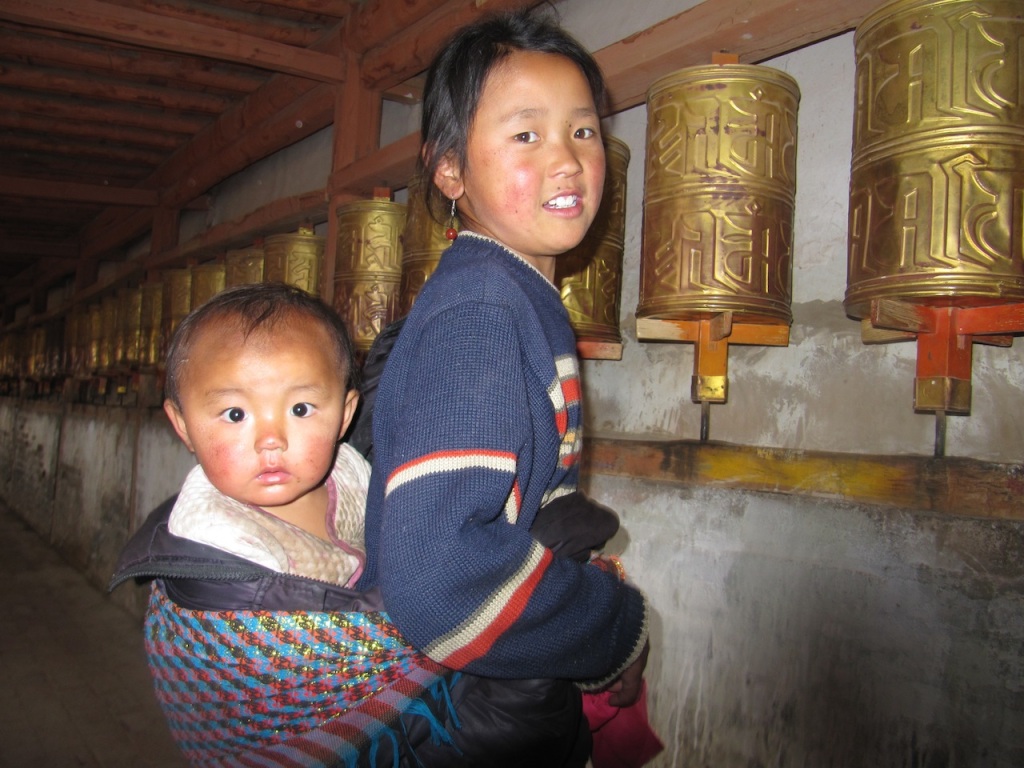


 where did THAT strength comes from... ?? (and people consider meat their Staple diet
where did THAT strength comes from... ?? (and people consider meat their Staple diet 